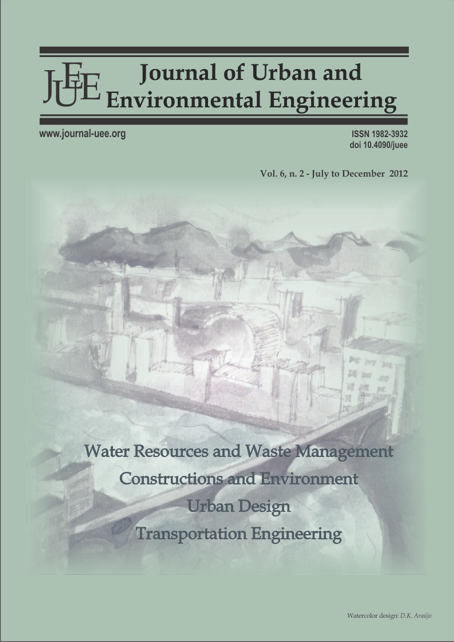COLLOID RELEASE AND E. COLI TRANSPORT IN INTACT AGRICULTURAL SOIL COLUMNS <a href="http://dx.doi.org/10.4090/juee.2012.v6n2.078085">(doi: 10.4090/juee.2012.v6n2.078085)</a>
DOI:
https://doi.org/10.4090/juee.2012.v6n2.%25pKeywords:
Colloid Release, E. coli, Water Content, and IrrigationAbstract
During animal waste agricultural applications, the major concern is the pathogen spreading, which may contaminate groundwater. Colloid release and pathogen transport during irrigation were evaluated in intact agricultural soil columns in this research using Escherichia coli as a model strain. In order to be easily identified and quantified, E. coli was incorporated with green fluorescent protein genes. The experiments were conducted at a water flow rate of 100 ml/min and the elution was collected and analized for colloid release and E. coli transport. Colloid release and E. coli transport were simulated using an implicit, finite-difference scheme with colloid release rate coefficient and E. coli deposition rate coefficient as constant, linear and exponential functions of the soil depth, respectively. It seemed that exponential functions had the best fit against the colloid release and E. coli transport observations.Downloads
Download data is not yet available.
Downloads
Published
2012-12-26
Issue
Section
Articles




